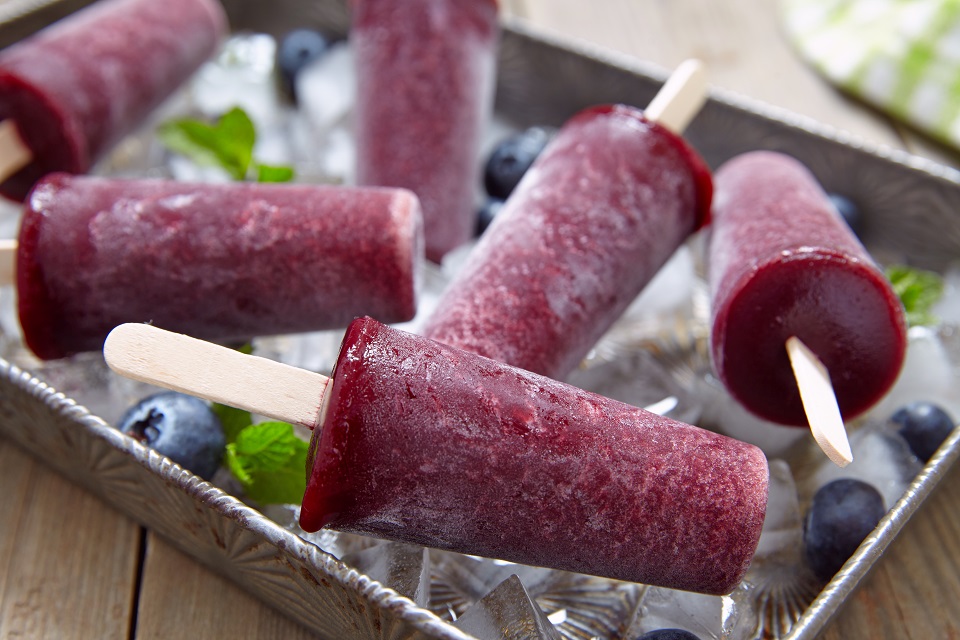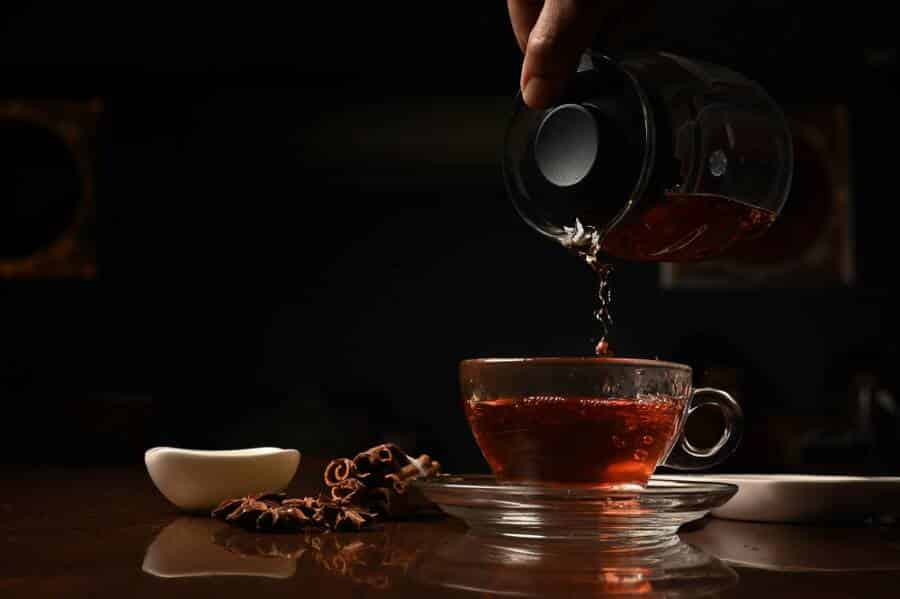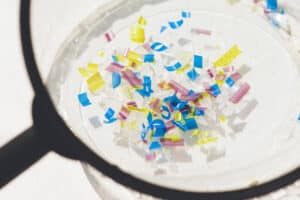Unfortunately, a lot of the tastiest foods we have around have low or no nutritional value, to begin with!
When you’re trying to lose weight, the decisions you make when it comes to your diet can be overwhelming. Plus, sometimes you may think that certain food items are okay to eat while on a diet, but, in reality, they are definitely a no-no. Fat, sugar, and lots of empty calories are the enemies of any type of diet; therefore, some popular food choices don’t belong on our plates.
So, what food choices are really the worst of the worst for our weight loss process? In fact, it’s not just about losing weight; it’s about being healthy, so that’s why you should really avoid the following foods at all costs. With that in mind, let’s discover the foods that are never, but never worth the calories, no matter how tasty they are.

Cream soda
You don’t have to be a nutritionist or a health expert to know that cream soda has literally no nutritional value. The U.S. Dietary Guidelines pointed out that these beverages can contribute to excess weight, being the number one factor of type 2 diabetes development and, therefore, heart disease in both children and adults.
However, not all of them are actually created equal, so we shouldn’t put them in the same pot. Some choices are definitely better than others. (P.S.: When we say better, we mean better, not healthier.) For example, ginger ale has approximately 22 grams of sugar in a single can, while the exact same amount of cream soda packs 49 grams.
Low-fat peanut butter
We all love peanut butter (unless you’re allergic to nuts, of course), and we might be tempted to opt for low-fat versions because we think they are healthier. However, the reality is far from it. According to Amy Gorin, MS, RDN, low-fat versions of this popular spread don’t belong in our refrigerators. Why? Because manufacturers add other filler ingredients to compensate for the lack of fat.
Plus, the type of fats offered by peanut butter is heart-healthy. There’s no need to choose a low-fat version when the old-fashioned one is tastier and healthier. Still, it’s best to read the ingredients listed on the label when shopping for peanut butter. Choose the versions that contain roasted peanuts.
Margarine
Well, well, well… what do we have here?! Definitely not a surprise since margarine is the worst dairy choice you could possibly make. Most margarine brands available on the market contain partially hydrogenated oil which is basically an ingredient filled with trans fats. (We don’t need to tell you how bad they are…)
Although the Food and Drug Administration highlighted several restrictions regarding the use of these fats, they are still on the shelves of all supermarkets. Studies suggest that trans fats can maximize your “bad” LDL cholesterol while minimizing the good one. Elevated LDL cholesterol levels translate to heart disease, so no thanks.
Fruit canned in syrup
We can’t enjoy all types of fruit all year round, at least not fresh. That’s why fruit canned was invented. However, not all inventions are good, and that’s definitely the case with canned fruits. Some consumers believe that canned fruit is almost as healthy as fresh fruit, but if they take only two or three minutes to read the labels, they will be shocked.
What they thought is healthy is actually covered in tons of added sugar. And we all know that sugar doesn’t benefit our health. If you find a canned fruit version that contains nothing but the real fruit, you’re good to go; if not, don’t even bother. Look for fruit canned in water. In general, it’s a safe bet.

Ice pops
Summer is just around the corner, and since it’s not a good idea to go to the pool when a virus is out there, what can we do to enjoy the most awaited season of all? Eat some ice pops, right? This refreshing treat may seem pretty healthy, especially when referring to a fruit-flavored version, but is it?
Again, the problem comes with the added sugar. And it’s not the added sugar only; artificial colors are not safe either. A study published in the Journal Neurotherapeutics pointed out that artificial colors could change children’s behaviors. If you really want to enjoy a healthy ice pop, make your own at home.
To help you get started, here is our recommendation for the ice pop molds so you do not have to search too long before you find a good one!
Cotton candy
Do you know what cotton candy is made of? No? It’s simple… 100 percent sugar, your waistline enemy (and your health, too, of course). A one-ounce serving of cotton candy equals 28 grams of sugar and 110 calories. So, are those calories really worth it? It’s like eating sugar with a spoon.
Your teeth will suffer, too. According to the World Health Organization guidelines, you should stay away from added sugar to reduce cavities and gum disease, and an unpleasant dentist visit, of course. Just so you know, about 38 grams of sugar represent someone’s 1,500 calories in one day. So, do you still want to consume that cotton candy since it contributes to more than 70 percent of the recommended amount?
Frosting
Ahh, frosting, the best part of a birthday cake… and the worst part of your diet. A mouth-watering chocolate topping on your birthday cake packs approximately 140 calories with almost 20 grams of added sugar. Yes, that’s only in the topping!
What’s more, according to the American Heart Association, you’ll most likely find a wide range of questionable ingredients in your cake, including hydrogenated fats. Make sure to bear in mind that if a product actually has less than 0.5 grams of trans fat per serving, the manufacturer is not required to declare the amount on the label. This means that you’ll don’t even know it’s in your frosting. It’s better if you opt for light whipped cream next time you go shopping.

Coffee drinks
Coffee is the first thing that pops into my mind when I open my eyes in the morning. If that’s the case for you too, make sure to keep it black to enjoy all its health benefits. Ahh, and no coffee-based beverages throughout the day. According to NYC-based dietitian Natalie Rizzo, MS, RD, coffee drinks are literally one of the emptiest calories you could take.
Caramel macchiatos and frappuccinos may sound yummy, but they are awful for your overall health. Most of them are worst than a sugary dessert. It’s okay to sip on them from time to time, but don’t make it a habit. A can of sugar-sweetened coffee drink can pack more sugar, calories, and fat than your meal.
White chocolate
Do you know the benefits of dark chocolate? If the answer is yes, those benefits don’t apply here. White chocolate is the opposite of dark chocolate and we are not referring only to color. A one-ounce serving of white chocolate has approximately 150 calories, almost 17 grams of sugar, and about 5 grams of saturated fats; not to mention its emulsifying agents and added flavors.
Unlike dark chocolate bars that pack great amounts of antioxidants from cocoa, chocolate bars don’t have any. Whenever you want to eat some chocolate, always choose the dark one. When consumed in moderation, dark chocolate has endless health benefits, especially for your heart.
American cheese
Made-in-America is not always better. Take cheese for example. While healthy varieties pack beneficial nutrients such as vitamin D, zinc, calcium, vitamin K, vitamin B12, and protein, American cheese has no nutritional value. A one-ounce serving of American cheese packs 104 calories, around 5 grams of saturated fats, and almost 1 gram of added sugar.
Ahh, and, depending on the brand, you could end up eating more than 350 milligrams of sodium per ounce. Plus, there are many chemicals used in the process. From artificial colors and flavors to emulsifiers and thickeners, American cheese has all the bad stuff. Just steer clear of it.
Onion rings
No one can deny the fact that onion rings are simply delicious, but we are not here to highlight their taste but their value and they don’t have any. According to the spokesperson for the Academy of Nutrition and Dietetics, Sandra Arévalo, MPH, RDN, CDN, onion rings contain lots of saturated fats and sodium.
In addition, we tend to dip them in something that’s even worse: sauce or gravy. A portion of only eight onion rings has approximately 300 calories and if you also choose to dip them in a sauce, you can add an extra 150 calories. It’s fine to eat them now and then, but don’t abuse them.
Yet, there are plenty of other foods that are tasty and that do have good nutritional values. To help you identify some, here are some of our best salad recipes you are bound to love!













